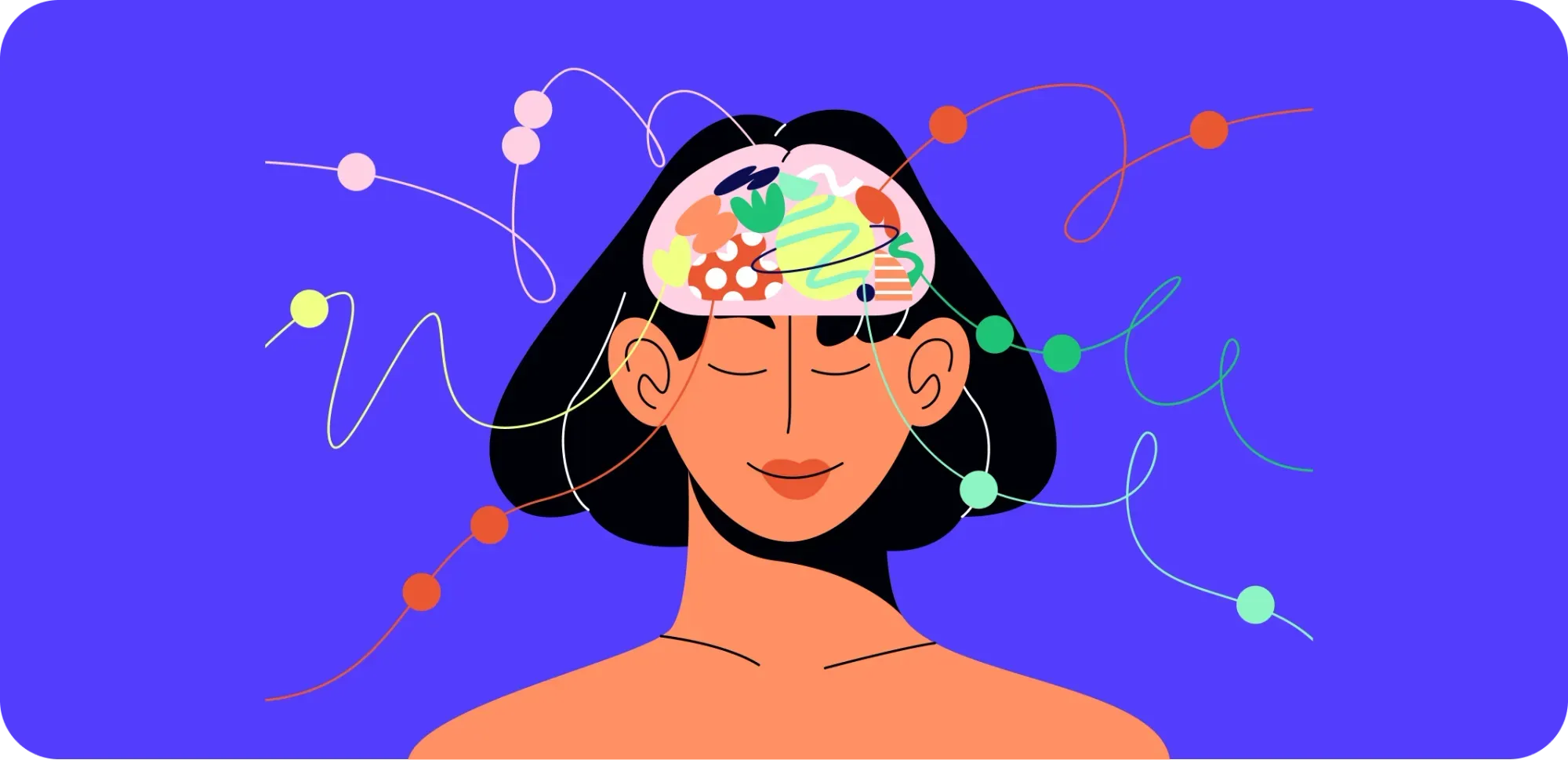Why Gamification is Key to Employee Engagement
Employee engagement is one of the top challenges HR professionals face today. Companies with highly engaged teams show increased productivity, better retention rates, and improved workplace morale. However, keeping employees motivated and engaged can be difficult, especially with remote and hybrid workforces.
Gamification is emerging as a powerful HR solution to address this challenge. By incorporating game-like elements into the workplace, businesses can increase participation, motivation, and overall engagement. This article provides a complete guide on how HR can use gamification to improve employee engagement and drive better results.
What is Gamification and How Does it Work?
At its core, gamification involves applying game principlesβÄîsuch as earning points, competing in challenges, and receiving rewardsβÄîto non-game environments like the workplace. When applied effectively, gamification can transform mundane tasks into engaging activities that promote teamwork, friendly competition, and a sense of achievement.
For HR professionals, integrating gamification into everyday work can motivate employees to participate more actively in employee engagement programs, wellbeing challenges, or even training initiatives.
Key Elements of Gamification:
- Points and leaderboards to track progress
- Badges and rewards for achievements
- Challenges and competitions between teams or individuals
- Visual feedback on performance and improvement
By introducing these elements into the work environment, employees feel more connected and driven to meet their goals.
Benefits of Using Gamification to Improve Employee Engagement
Increased Participation in Engagement Programs
One of the main reasons employee engagement initiatives fail is low participation. Traditional engagement methods can feel repetitive and uninspiring. However, by applying gamification techniques, HR professionals can inject excitement and motivation into these programs.
For example, employees could earn points for completing wellness challenges, participating in team activities, or even giving feedback. The result is a significant boost in participation rates, as employees feel incentivized to engage regularly.
Boost Collaboration and Teamwork
Incorporating gamification into HR solutions fosters collaboration by encouraging team-based challenges. These activities not only promote friendly competition but also improve communication and teamwork across departments.
Whether employees are collaborating on wellness challenges or working together to achieve shared company goals, gamified activities build a stronger sense of connection and camaraderie.
Improved Productivity and Performance
A well-designed gamification program ties rewards and recognition to performance metrics, encouraging employees to perform at their best. HR professionals can set up leaderboards or assign badges for reaching certain performance milestones, creating a sense of accomplishment.
The combination of friendly competition and rewards keeps employees motivated to improve, leading to a direct impact on productivity and overall company performance.
Employee Recognition and Retention
Recognizing and rewarding employees for their achievements is essential for employee retention. Gamification makes employee recognition a regular part of the work culture. Through points, badges, and leaderboards, employees can see how their contributions are valued, promoting a sense of belonging.
This consistent recognition fosters loyalty and reduces turnover rates, creating a more engaged and satisfied workforce.
How HR Can Implement Gamification to Improve Employee Engagement
Now that we understand the benefits, letβÄôs look at how HR professionals can effectively implement gamification into their employee engagement strategy.
Set Clear Goals for Your Gamification Strategy
Before diving into gamification, it's essential to define what you want to achieve. Whether it's improving participation in wellness programs, enhancing training engagement, or boosting productivity, having clear goals will help you measure success.
Examples of Gamification Goals:
- Increase participation in employee wellbeing challenges by 20%
- Boost training completion rates by 15%
- Improve employee feedback survey completion by 10%
Setting these benchmarks will allow HR to track progress and adjust the strategy as needed.
Choose the Right Gamification Tools
To implement a successful gamification strategy, HR must choose the right tools and platforms. Look for HR solutions that integrate gamification features, such as:
- Employee engagement platforms like ΚΎΝœΆχ, which offer team-based challenges, leaderboards, and incentives.
- Training and development platforms with gamified learning modules.
- Wellbeing apps that encourage participation through rewards and challenges.
Having the right tools in place ensures that your gamification initiatives run smoothly and are easy for employees to engage with.
Create Engaging and Inclusive Challenges
Gamification works best when challenges are fun and accessible to all employees. Whether you're running wellness challenges or productivity competitions, make sure they cater to different interests and abilities.
For example, some employees may prefer physical activity challenges, while others might enjoy intellectual or social engagement tasks. Offering a variety of challenges ensures that everyone can participate, regardless of their preferences or working style.
Provide Meaningful Rewards and Recognition
To keep employees motivated, the rewards for participating in gamified activities must be meaningful. This could include anything from tangible prizes, like gift cards or company swag, to experiential rewards, like lunch with the CEO or additional time off.
ItβÄôs also important to foster peer-to-peer recognition. Allowing employees to recognize each otherβÄôs achievements strengthens the team culture and boosts overall engagement.
Track and Analyze the Results
To continuously improve your gamification strategy, regularly analyze the data. Look at participation rates, performance metrics, and employee feedback to see whatβÄôs working and what needs adjustment.
This data-driven approach will help HR professionals prove ROI to leadership and refine their gamification efforts to meet the evolving needs of their workforce.
Gamification is the Future of Employee Engagement
Incorporating gamification into your employee engagement strategy can lead to higher participation, better collaboration, and improved productivity. For HR professionals looking for effective HR solutions, gamification offers a fun, innovative way to boost engagement while aligning with company goals.
By choosing the right tools, creating engaging challenges, and offering meaningful rewards, HR can create a vibrant, motivated, and connected workforce.
βÄç
–ö–Α–Κ–Ψ–Ι ―É―Ä–Ψ–≤–Β–Ϋ―¨ –±–Μ–Α–≥–Ψ–Ω–Ψ–Μ―É―΅–Η―è –≤ –≤–Α―à–Β–Ι –Κ–Ψ–Φ–Α–Ϋ–¥–Β?
.png) –ü―Ä–Ψ–Ι―²–Η –Η―¹―¹–Μ–Β–¥–Ψ–≤–Α–Ϋ–Η–Β
–ü―Ä–Ψ–Ι―²–Η –Η―¹―¹–Μ–Β–¥–Ψ–≤–Α–Ϋ–Η–ΒWellbeing –Κ―É―Ä―¹ –¥–Μ―è
HR ―¹–Ω–Β―Ü–Η–Α–Μ–Η―¹―²–Ψ–≤
.png) –ü–Ψ–¥–Ω–Η―¹–Α―²―¨―¹―è
–ü–Ψ–¥–Ω–Η―¹–Α―²―¨―¹―è
.png)






